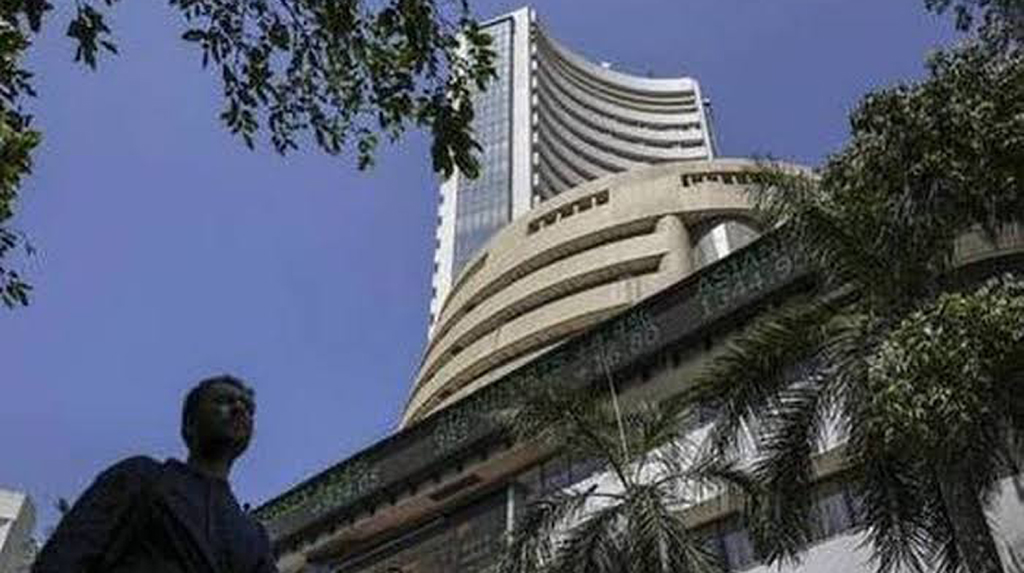New Delhi: The BSE Sensex has retraced the levels of January-end in October after plunging in March due to the Covid-19 pandemic.
All eyes are on the benchmark indices if they can move up further to the highs of 42,273 points hit on January 20 this year.
On October 23, the BSE Sensex opened at 40,728 points, almost the same level seen on January 31 of 40,723 points. The market lows came on March 23 of 25,981 points.
Since the march lows, the BSE Sensex has retraced and is now up to the January levels within seven months of the lows in March.
Siddhartha Khemka, Head of Retail Research, Motilal Oswal Financial Services said going ahead, market is likely to remain in a tight range as US election draws near. The technical setup suggests Nifty range of 11,750-12,100 in the near term.
“We expect more stock specific action given the prevailing earnings season and mixed global cues. We would advise traders to be adopt a cautious approach while investors can accumulate quality stocks on dips,” he added.
Global markets were range-bound as investors were cautious with less than two weeks to go before the US presidential election and awaited a breakthrough in US stimulus talks. Surging coronavirus cases in US and Europe also raised concerns in the market.
Shibani Sircar Kurian, EVP and Head of Equity Research, Kotak Mahindra Asset Management Company said the Indian equity markets gained in the week ending October 23. “We are now in the midst of the Q2FY21 earnings season. While expectations for the quarter are muted, the key focus would be on management commentary on growth trends and the path to normalisation going ahead. The decline in the daily Covid-19 cases in India and expectations of normalisation of demand in the festive season have been the key drivers of the market’, she added.
Kurian said the key highlight of current pandemic has been that unlike the situation in Europe and USA which have seen worsening of data, the situation in India has started improving.
The daily addition to cases has peaked out for the moment and with recovery rates inching up, the number of active cases has been declining. The case fatality rate remains under control and lower than world average.
“These trends bode well for the economy and reduce significantly the probability any further nationwide lockdown in India as we had seen in the months of March and April 2020,” she added.
Kurian said domestic growth recovery gathered momentum in September as evidenced by the high frequency economic indicators with broad-based improvement across most indicators. Some of these indicators include, power demand, e-way bills, GST collections, rail freight, exports and auto sales etc. all of which have turned positive on a YoY basis, while manufacturing PMI (Purchasing Managers’ Index) increased to its highest reading since January 2012.




